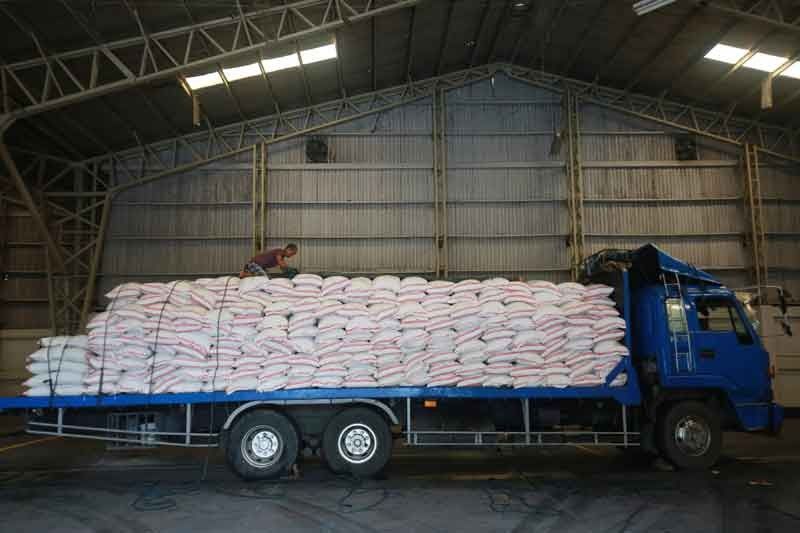Rice stocks dwindle by 15% in July 2018

MANILA, Philippines — The country’s rice inventory remains on a downward trend, declining by 15 percent to 1.99 million metric tons (MT) in July.
Latest data from the Philippine Statistics Authority showed that total rice inventory stood at 1.99 million MT as of last month, down 15 percent year on year and 16 percent below the previous month’s 2.36 million MT.
The PSA did not specify the number of days that the stock inventory of Filipinos’ main staple will be sufficient.
Based on the average daily consumption of Filipinos of 32,000 MT, the current inventory is sufficient for 62 days.
The National Food Authority, meanwhile, still has limited inventory of three days from the mandated 30 days. Even if imports started arriving two months ago, the stocks were immediately distributed to markets to bring down prices of commercial rice.
As of yesterday, 197,000 MT of the first batch of 250,000 MT reached the country where 160,000 MT of which had been unloaded to NFA warehouses.
“We are also expecting that the other 250,000 MT via open tender will start arriving this month. It should have started last month but because of the weather, it was delayed,” NFA spokesperson Rex Estoperez told reporters.
Despite this, Estoperez admitted that imports would still have no effect on the expected lowering of prices.
“There are areas that have minimal reduction but in Metro Manila, where we do not have rice production, there is none,” he said.
“If only the whole 500,000 MT arrived all at the same time, we could have seen some reduction,” Estoperez added.
Estoperez clarified that the 271 MT of rice that were damaged in Subic due to recent heavy rains have negligible effect on the current supply.
“We are not bound to pay that. It will be the suppliers. But we are still extra cautious because it might slip into the market,” he said.
Meanwhile, households had half of total inventories while commercial warehouses held about 47 percent. Supplies from NFA depositories cornered three percent of the total.
On a monthly basis, stock inventory level decreased with households and commercial houses reporting a nine percent decline each.
NFA depositories increased by 25 percent following importation.
On the other hand, corn stock inventory fell 30 percent to 480,860 MT.
Of the total, 87 percent was in commercial warehouses and the remaining 13 percent in households. NFA had no stocks during the period.
Month-on-month, stock level in household increased 29 percent but stocks in commercial warehouses contracted by 23 percent.
- Latest
- Trending




























